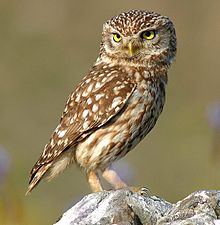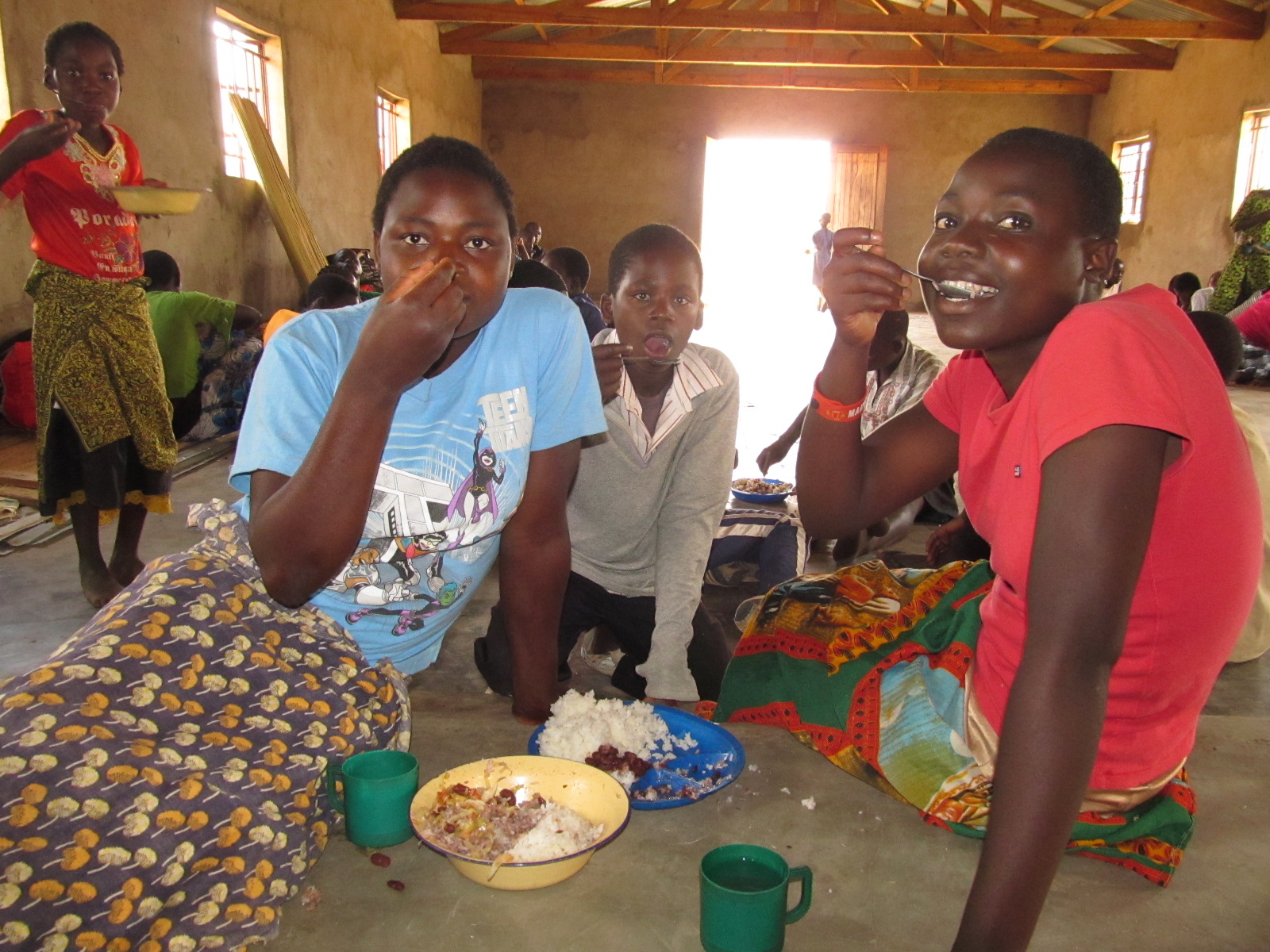 |
| No more wheat! |
For a quick reference:
1. I have celiacs. To be brief my body does not digest gluten properly. Check out more information here.
2. I have anaphylactic reactions to wheat, buckwheat and large amounts of peanuts.
3. My body develops unpleasant skin rashes to watermelon, shellfish, navy beans, lima beans and large amount of latex containing fruits.
4. The fun part of all of this is that my body cannot handle medical steroids which are used to control and treat these reactions. As a result, I get a special medical cocktail that is ridiculously harmful to my body but life saving.
 |
| On any given day I carry between 2-4 epi-pens and 4 different medications in case of an allergic reaction. |
Not only is our environment affected by our food choices, but so is our body. While still a theory, many scientist believe the increase in food allergies is a result of GMO foods and corn being in virtually every product. In fact, food allergies have risen 20% in the past 10 years! That is a HUGE increase.
The food allergy dilemma is not all bad though. You see, when diagnosed with any type of food allergies or celiacs, many find it easier, safer and cheaper to go back to an all natural diet. So what are some changes one can make to their diet?
 1. Learn to read produce labels! (see picture at left)
1. Learn to read produce labels! (see picture at left)2. Shop only the perimeter of a store. The stuff in the middle is prepackaged, filled with chemicals and excess packaging.
3. Grow your own food. It is fun, inexpensive and helps the environment. Plus the added benefit of personal satisfaction of growing your own food.
4. Become informed and be an advocate for friends with celiacs, gluten intolerance or food allergies. In the beginning many feel shy about their condition and try to downplay it. This is not only harmful to their body, but misleading to the public. As they learn to cope with it, learn to be an advocate. Don't down play it.









.jpeg)



